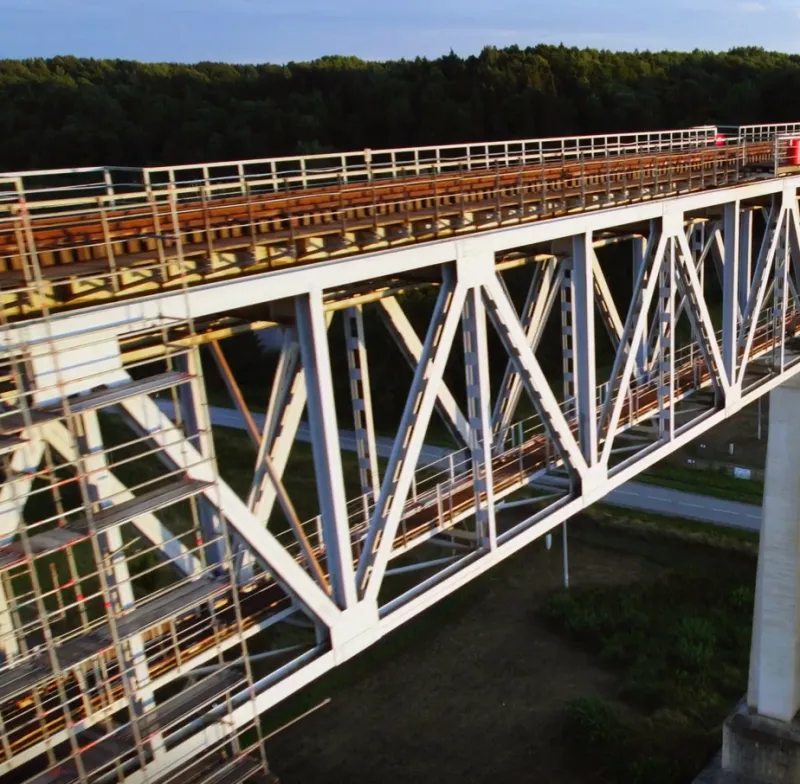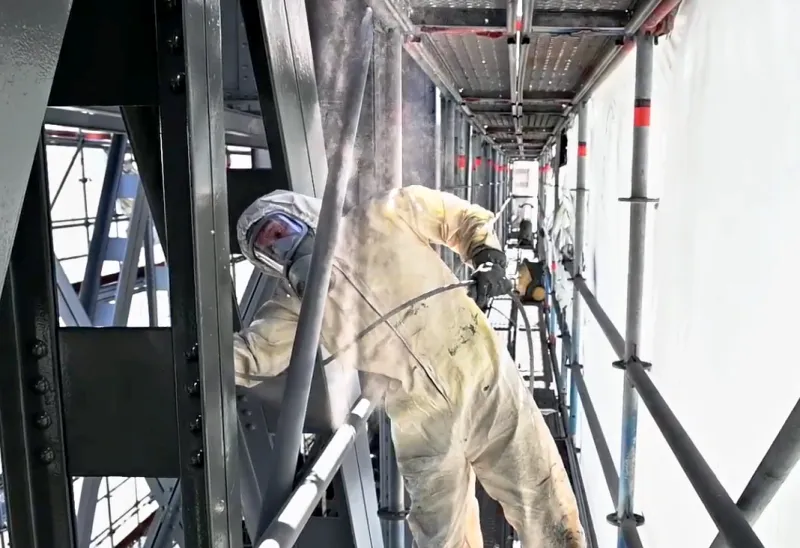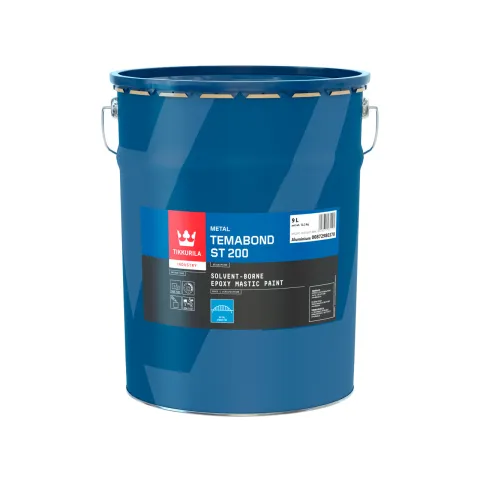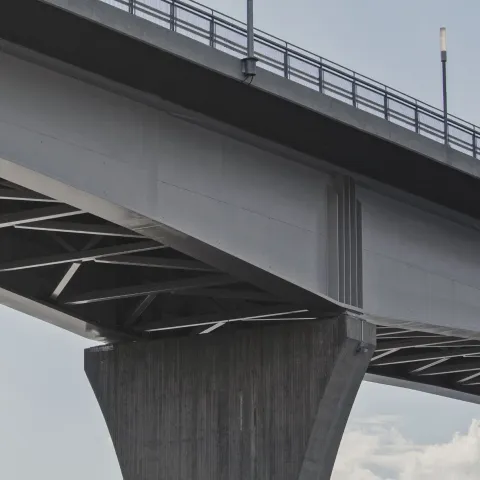The renovation of the unique Lyduvėnai Bridge
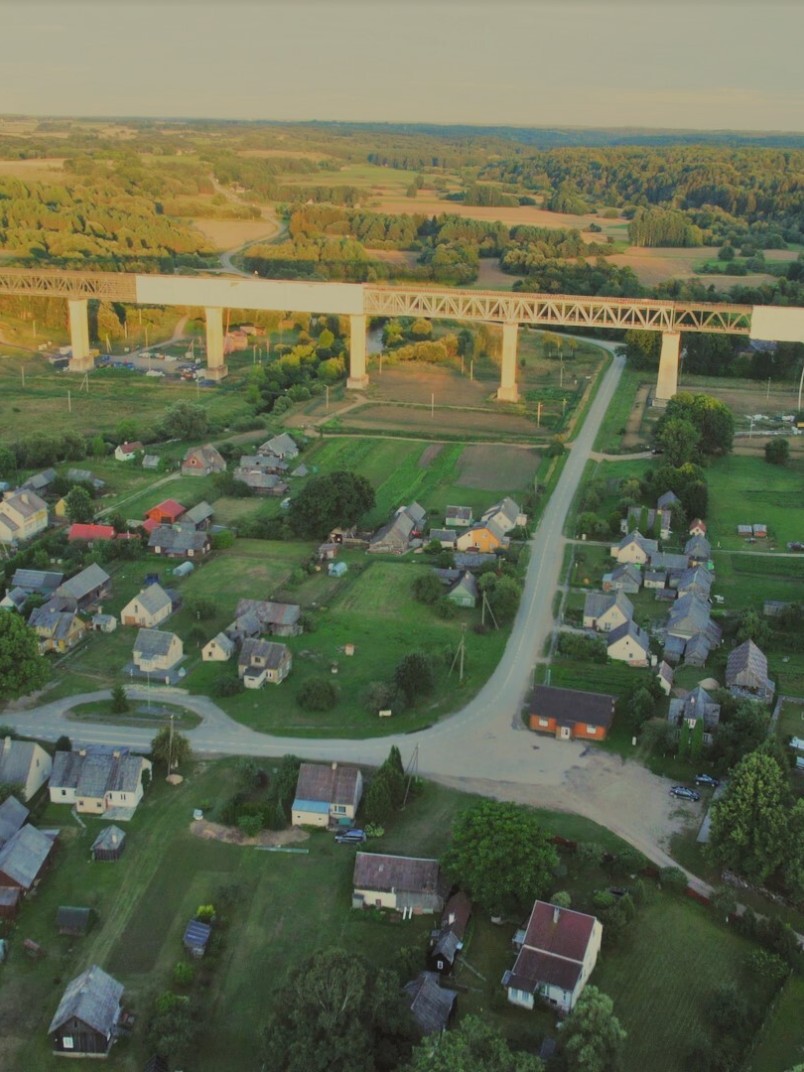
A history spanning 599 metres and over 100 years
At 42 m high and 599 m long, Lyduvėnai Bridge is the longest and highest bridge in Lithuania. It is located near Lyduvėnai in Raseiniai district and is a striking symbol of central Lithuania and the Dubysa Regional Park, with stunning views of the natural landscape for those who pass across. In 2008, Lyduvėnai Bridge was declared a cultural monument and pedestrians can now only admire it from below. Climbing or walking on the bridge is prohibited as it is a protected structure that is now only to be used by trains. There are, however, plans to adapt the bridge for pedestrian visitors so that they will once again be able to experience it in future.
This famous architectural and engineering landmark has an interesting history. It was first built in 1916 as a truly impressive 570-meter wooden structure – one of the largest of its kind in Europe. Two years later the bridge structure was changed to steel and reinforced concrete to allow military trains to cross. In 1944, the bridge was blown up by the retreating German army, then rebuilt by the occupying Russian forces seven years later in 1951. The history of the bridge is directly related to the life of the town – it was often said that the residents didn’t need clocks, they could judge the time by the passing trains.
Repair and restoration of a significant cultural monument
Due to the poor condition of Lyduvėnai Bridge, in 2020 a public tender was issued for its repair and restoration. The tender was won by the Lithuanian company Švykai, which specialises in this field and has significant experience both in Lithuania and abroad. The repair and restoration work began in November 2020, with the company undertaking to complete it within two years.
“Lyduvėnai Bridge is an object of cultural heritage, therefore during the repairs it is very important to preserve its authentic heritage features, such as the foundations, pillars, pier caps, riveted steel trusses and beams,” explains Šarūnas Kvetkas, Project Manager of UAB Švykai, naming the biggest challenges in the renovation work.
Watch the video too see how this challenging work was done.
Some of the metal structures of the bridge had to be replaced and others were reinforced. To repair the railway line, worn individual wooden beams and sleepers were replaced, the ground was strengthened and insulated from moisture, and other repair works were performed.
As the renovation work is taking place at high altitude, with the highest planned repair site at 45 meters, the company's specialists must use unique engineering solutions to carry out the work. Another complication is that the railway will continue to run throughout the repair work, meaning efficiency and maintaining a safe working environment are essential. According to Mindaugas Švykas, Technical Director of UAB Švykai, performing high-quality repair work safely is a considerable challenge even though the company has extensive experience in this field. “As train traffic is continuing throughout the work and repairs are being carried out at height, a great deal of detailed preparation work was done along with extensive training of employees,” he explains.
Reliable painting system for steel structures
Coatings for steel bridge structures must not only be durable, they must also provide optimal protection against wind, precipitation, and moisture, which can cause corrosion. As much as 30,000 litres of paint (colour RAL7010) was used on the bridge, covering about 32,000 m2.
“One of the most important parts of the repair work was protecting the metal structures against corrosion. To do this we washed and cleaned the metal trusses by blasting them with an abrasive, then we applied an anti-corrosion coating using a three-layer painting system. Some components of the metal bridge structures had to be replaced while others were strengthened,” shares Kvetkas.
“Having won the tender to work on this unique Lithuanian landmark, we feel not only pride, but also great responsibility. This large-scale project required not only a huge amount of paint, but also smooth cooperation and professional advice and services – in this we were sure that Tikkurila would not disappoint us,” Kvetkas concludes.
Tikkurila's three-layer paint system C5-VH was chosen after assessing the corrosivity of the bridge environment and taking into account the requirements for the service life of the new coating. This system meets the requirements of the highest corrosion protection and durability category according to the ISO 12944 global standard for corrosion protection of steel structures.
The protection system consists of three layers:
- Primer: Tikkurila Temabond ST 200 epoxy maintenance paint with aluminium pigments. These paints are ideal for renewing paint coatings as they adhere very well to steel and are resistant to water immersion
- Midlayer: Tikkurila Temacoat MIO epoxy paint with polyamide hardener and mica iron oxide pigments.
- Topcoat: Tikkurila Temathane PC 80 polyurethane paint with excellent weathering and abrasion resistance and extended life. Forms a coating that is easy to clean, does not chalk and has excellent retention of colour and gloss.
“The exceptional Lyduvėnai Bridge is not only an important part of the Lithuanian transport infrastructure, it is also source of national pride. The renovation work is expected to serve reliably for more decades to come, so not only is its construction subject to extremely high requirements, the coating is too. We are happy to contribute to such significant projects,” highlights Povilas Kvajauskas, Sales Representative at Tikkurila.
Cutting-edge technology used in the restoration
Special technologies and materials have been used to restore the bridge's reinforced concrete supports and support bearings, the properties of which are compatible with its cultural heritage and original authentic features.
One cutting-edge technology used to strengthen the support plates was reinforcement with carbon fibre. The floor slab in the berth support was also reinforced with 50 x 1.4 mm carbon fibre strips, and carbon fibre tape was attached to the concrete base with epoxy glue.
Care for the environment
During the repair work, special attention was paid to environmental considerations as Lyduvėnai Bridge is located in a residential area, with a river flowing underneath. The general contractor of the project focused on sustainable development, striving to ensure that all maintenance work processes were safe and caused the least possible damage to the environment.
Švykas explains that during the environmental impact assessment and while preparing for the bridge repair project, several environmental protection measures were introduced, for example to reduce the dust during blast cleaning. In addition, instead of the traditional reinforced film, a thin polymer film with a very strong surface was used to cover the scaffolding while work was ongoing. The sheets of this film are welded together to create a solid surface that is impervious to rain, direct sunlight and dust, and prevents abrasive and paint dust from polluting the environment.
For more than 60 years, Tikkurila has been providing high-quality bridge coatings with effective corrosion protection and a long service life. Our vision is to create products that ensure a sustainable future. Since 1862, we have been constantly improving our products, maintaining a balance between increasingly stringent environmental requirements and high Nordic quality standards. Our products are valued for their durability, reliability, safety and environmentally friendly composition. Our industrial metal coatings are tested both in laboratories and in real-world environments and comply with the ISO 12944 global corrosion protection standard. We also have coating systems that meet other standards, including the Norwegian standard NORSOK, the Finnish standard SILKO and the Russian standard GOST.
